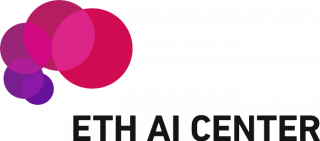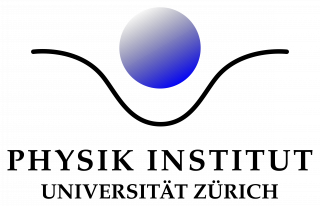■ Blue Transmutations
Liat Grayver, Dr. Robert Nißler, Marcus Nebe
Liat Grayver, Dr. Robert Nißler, Marcus Nebe
Collegium Helveticum, ETHZ Zürich 2023
Reportage by Nicole Davidson with Dr. Robert Nißler and Prof. Inge K Herrmann from the Nanoparticle Systems Engineering Lab at ETH Zurich.
Widely considered to be the earliest synthetic pigment, Egyptian blue was invented out of necessity over 5000 years ago, as blue pigments were highly valued but only rarely encountered in nature. In recent years, advanced technological industries such as biomedicine and telecommunications have exploited it for its chemical properties, which allow it to reflect infrared light, among other things. The ability of Egyptian blue to fluoresce under infrared light has become an important tool for archaeologists and conservators in the study and preservation of ancient artifacts. Using non-destructive methods such as infrared imaging, they can gather valuable information about the original colours of artifact without damaging or altering them in any way.
In Blue Transmutation(2023), a range of manipulations are made by painter and media artist Liat Grayver using fine and coarse Egyptian blue pigment on thin (20 g) sheets of Japanese paper. As the glass-coarse pigment cannot be dissolved or absorbed, the painter’s actions and the inherent inconsistencies of the hand-made paper converge in a volatile and fully unpredictable creative context. The microscopic glass particles of the pigments glimmer as the operations are captured by a special black & white camera, the results varyingly resembling stellar associations or more abstract forms.
This work is inspired by the scientific use of these shiny pigments by Dr. Robert Nißler and Prof. Inge Herrmann (Nanoparticle Systems Engineering Lab, ETH Zürich), who aim to transpose the use of this ancient pigment for the benefit of future medicine. Three separate montages of the artist’s footage, remodeled and composed, are paired with and projected onto paintings selected from a collection of explorations — also using Egyptian blue on Japanese paper — into density and viscosity, and, again but now informed by the previous experiments, reactivity.
The work is a profound testament to the impact of the tool on the medium in artistic creation, providing tangible insight into ancient artistic practices as well as into contemporary reinterpretations of their potential. But it is also an engaging document of Grayver’s ongoing explorations into the potentiality of revitalizing the (ancient) art of painting through collaboration with — as opposed to “assisted by” — modern technological innovations.
The work is in collaboration with Dr. Robert Nißler (particle synthesis) and Marcus Nebe (video) and sponsored by the Nanoparticle Systems Engineering Lab, the metal workshop of the Physik-Institut, at the University of Zürich Zürich and the Collegium Helveticum.
Lorem ipsum dolor sit amet, consetetur sadipscing
About the Creation Process
Lorem ipsum dolor sit amet, consetetur sadipscing
















